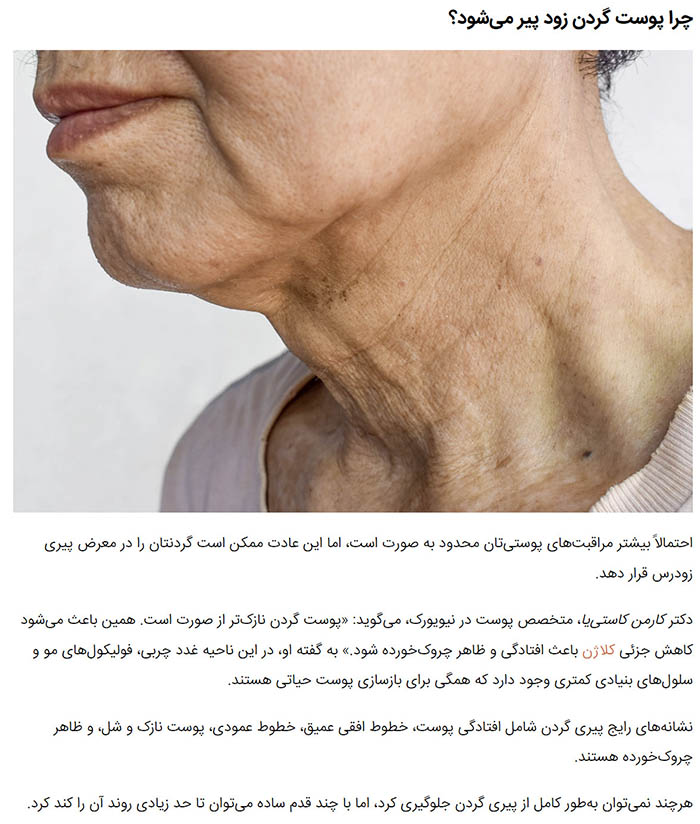Unlocking the Secrets to a Youthful Neck: Why It Ages Faster and 6 Golden Tips for Prevention and Care

Introduction
In the relentless pursuit of youthful skin, our focus often fixates on the face. We invest in serums, moisturizers, and treatments, meticulously addressing every fine line and wrinkle. Yet, a crucial area often gets overlooked, a silent betrayer of our age: the neck. This delicate region, often exposed to the same environmental aggressors as our face, tends to show signs of aging more rapidly, leading to sagging, wrinkles, and discoloration that can significantly impact our overall appearance. Understanding why the neck ages faster and implementing targeted care is essential for maintaining a cohesive, youthful look.
The Science Behind the Speed of Neck Aging: Why This Area is Vulnerable
It’s a frustrating reality: you might be diligently caring for your face, only to notice that your neck seems to be lagging behind, revealing your true age. The reason for this accelerated aging lies in the intrinsic differences between the skin on your face and the skin on your neck.
According to Dr. Carmen Castilla, a dermatologist in New York City, the primary culprit is the thinness of the neck skin. This inherent thinness makes the neck more susceptible to the effects of aging compared to the thicker skin on the face. A slight decrease in crucial structural proteins like collagen and elastin, which are responsible for the skin’s firmness and elasticity, has a more pronounced impact on the thinner neck skin. This leads to the visible signs of sagging and a wrinkled appearance that are characteristic of neck aging.
Furthermore, the neck area has fewer oil glands, hair follicles, and stem cells. These components play a vital role in skin regeneration and repair. Oil glands provide natural moisture, hair follicles contribute to skin health, and stem cells are essential for the production of new skin cells. With fewer of these vital elements, the neck’s ability to repair itself and maintain its youthful structure is compromised, making it more vulnerable to environmental damage and the natural aging process.
Recognizing the Signs: Common Indicators of Neck Aging
As the neck ages, several tell-tale signs begin to emerge. These can include:
- Sagging skin: A loss of firmness and elasticity leads to a drooping or sagging appearance.
- Deep horizontal lines: These lines, often referred to as “tech neck” lines, can become more prominent due to repetitive movements and loss of elasticity.
- Vertical lines: These lines can appear as the platysma muscle in the neck becomes more prominent with age.
- Thin, loose skin: The skin becomes more fragile and less taut.
- A wrinkled appearance: Fine lines and wrinkles become more visible, contributing to a creased look.
While the aging process cannot be completely halted, understanding the underlying reasons for accelerated neck aging empowers us to take proactive steps to slow it down and maintain a more youthful appearance for longer.




